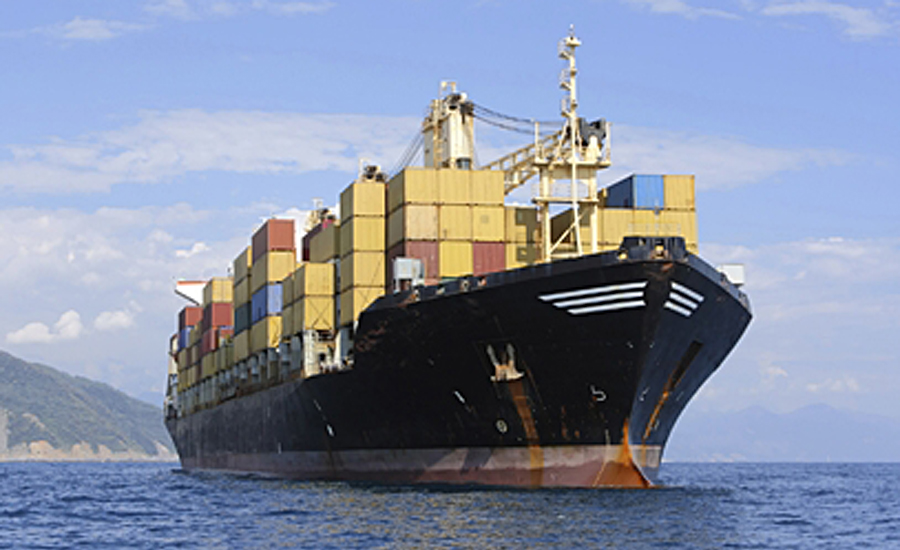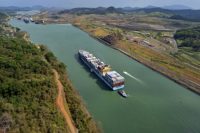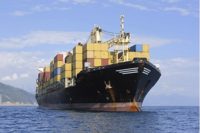Panama Canal to launch vessel scheduling, maritime resources management system
This system, manufactured by Quintiq, a Radnor, Pa.-based division of Dassault Systèmes, will transform how the Panama Canal plans and schedules transit operations.

In response to growing traffic through the waterway, the Panama Canal will launch a state-of-the-art vessel scheduling and maritime resource management system to further optimize costs, improve safety and increase overall efficiency and reliability.
"For more than a century, the Panama Canal has enjoyed a proud legacy of innovation," says Jorge Quijano, Panama Canal administrator. "This system will help carry that legacy forward, allowing us to tap the potential of technology to provide better solutions for our customers as we increasingly manage more transits and adapt to shifts in global trade."
This system, manufactured by Quintiq, a Radnor, Pa.-based division of Dassault Systèmes, will transform how the Panama Canal plans and schedules transit operations. For the first time, the Canal will be able to execute a completely integrated operating plan for all of its critical resources, including tugboats, pilots and line handlers. The new system will also allow for better decision-making, which will in turn help mitigate operational risk.
The new technology will also benefit Canal customers, including shippers, by shortening vessel waiting times, increasing the number of potentially available vessel slots each day and improving the overall reliability of the route.
Following the opening of the expansion last year, the Canal has experienced a surge in cargo and the number of transits by larger Neopanamax vessels. In fact, the Canal has set several monthly tonnage records already. At times, the Canal has needed to allocate more resources to guarantee high performance and safety standards amid the influx in activity. Once implemented, the new system will enable the Canal to more efficiently manage this greater demand and capacity.
"Using advanced modeling language, we'll be able to leverage path-optimization algorithms and mathematical, constraint and graphical programming to optimize scheduling and resource utilization," says Arnoldo Cano, Panama Canal program manager for the ACP renewal of processes and core systems. "Simply put, the technology is best in class, and we're excited to work with our partners at Quintiq to bring it to bear for the Canal and its customers."
The new system will be fully integrated into Canal operations over the course of the next two years, and is expected to be operational by September.
Looking for a reprint of this article?
From high-res PDFs to custom plaques, order your copy today!






